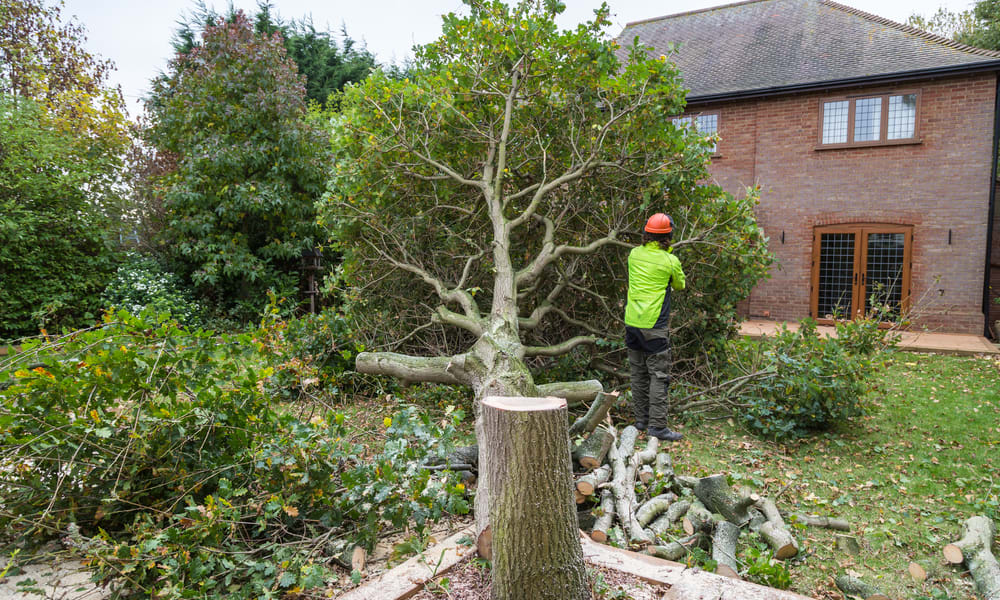The Science Behind Deep Breathing and Its Benefits on Wellness
Deep breathing, a practice central to ancient wellness traditions, is making a resurgence in modern health conversations. But what does science say about its benefits? Is it just another wellness fad, or is there evidence to back it up? The concept of deep or diaphragmatic breathing has ancient roots, tracing back to practices like yoga and tai chi. It is believed that the art of deep breathing was first recognized in India around 1500 BC, as part of the ancient Vedic tradition of yoga. The yogis understood the connection between breath and energy, employing deep breathing techniques to control prana or life force energy. However, it's only recently that the scientific world has begun to explore and validate these ancient wisdoms.

Today, deep breathing is often recommended as a simple yet effective method to manage stress and improve overall wellness. This surge in popularity is backed by an increasing body of scientific evidence. Research has shown that deep breathing can influence the autonomic nervous system, which controls the body’s response to stress, helping to promote relaxation and reduce anxiety.
However, it’s not all smooth sailing. Some critics question the universal applicability of deep breathing, suggesting that it may not be beneficial for everyone. For instance, people with respiratory conditions like asthma or COPD may find deep breathing exercises difficult or potentially harmful.
In terms of scientific credibility, the majority of studies affirm the benefits of deep breathing. A study published in the Journal of Physical Therapy Science found that deep breathing exercises could improve lung function and respiratory muscle strength. Another study in the Journal of Clinical Psychology reported that deep breathing could help reduce symptoms of depression.
Despite these promising findings, it’s important to remember that deep breathing should not replace professional medical advice or treatment. It’s a complementary practice that can enhance wellness when used appropriately.
The Art of Deep Breathing: Practical Tips
- Start with a comfortable posture: Sit or lie down in a relaxed position.
- Inhale deeply: Breathe in slowly through your nose, letting your chest and lower belly rise.
- Exhale slowly: Breathe out through your mouth or nose, relaxing your body as you do so.
- Practice regularly: Aim for at least a few minutes of deep breathing daily.
In conclusion, deep breathing is more than just a wellness trend. It’s a scientifically supported practice with roots in ancient traditions. While it may not be suitable for everyone, for many, it offers a simple and effective way to manage stress and enhance overall wellness. So, the next time you find yourself feeling stressed or overwhelmed, remember the power of deep breath: It’s literally right under your nose.




